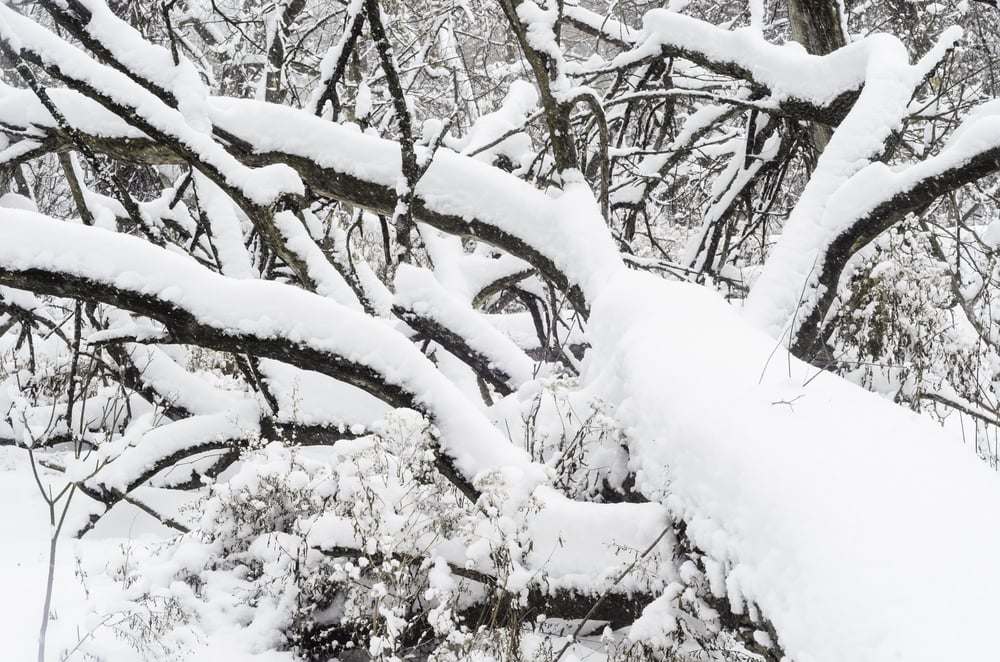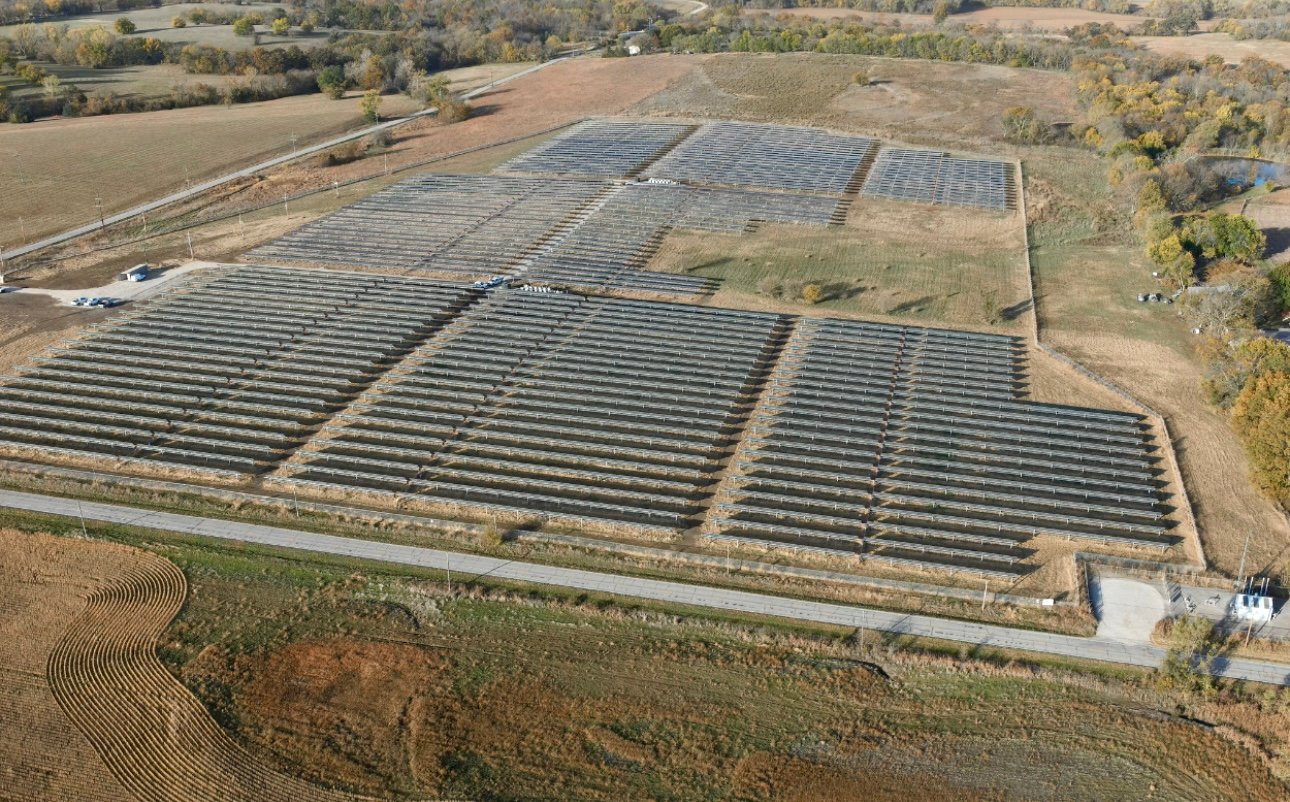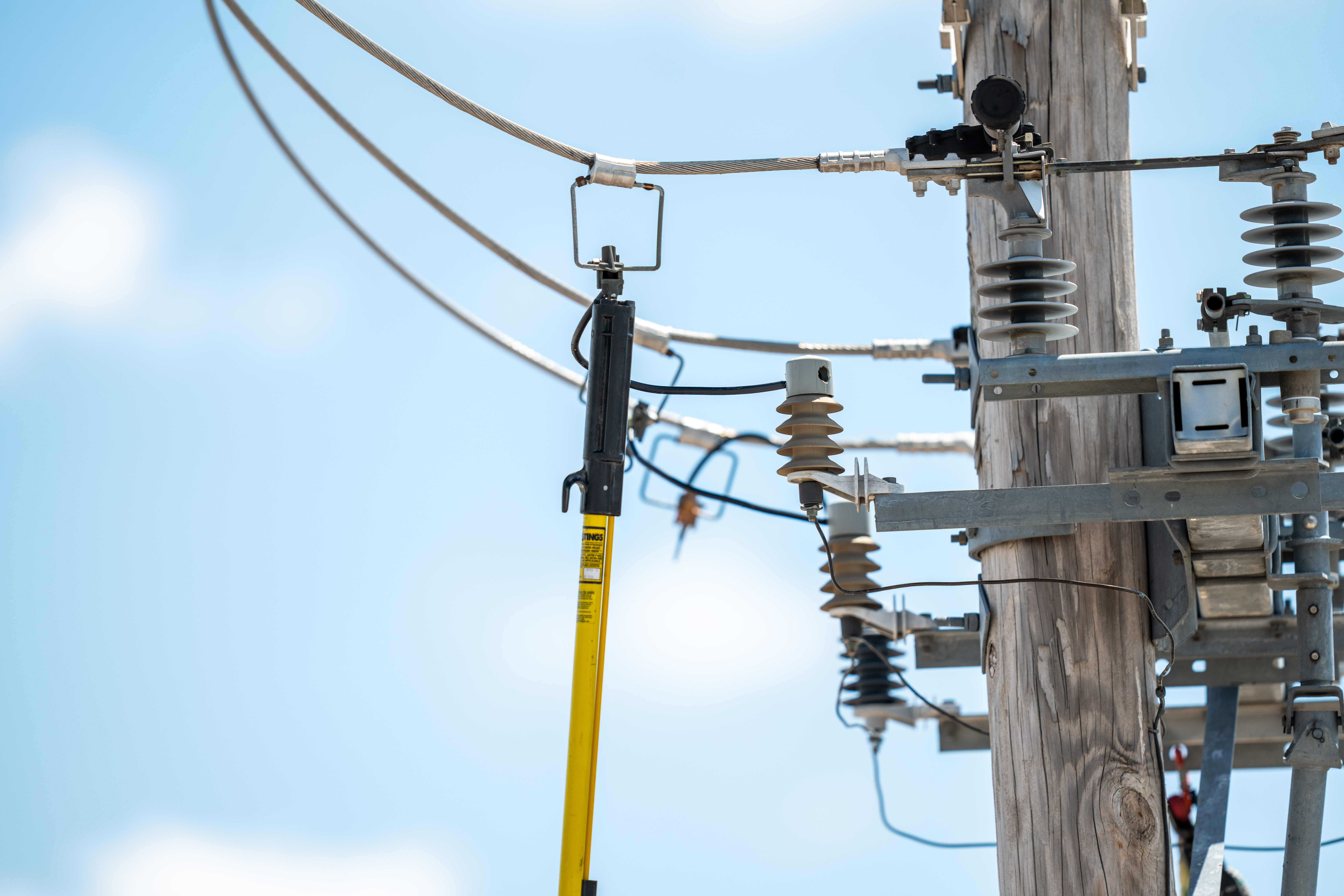Case Study: Osawatomie Solar Array
Evergy is committed to providing our customers with cost-effective, reliable renewable energy solutions to help build a more sustainable future....

During the winter months, the demand for energy increases significantly due to various factors such as heating requirements, shorter daylight hours, and increased indoor activities. This surge in demand puts pressure on energy suppliers to meet the increased load, especially during peak hours.
Furthermore, the availability of energy resources can also be affected by winter conditions. For example, extreme weather events like snowstorms or freezing temperatures can disrupt the production and transportation of energy resources, leading to potential supply shortages.
Overall, winter has a profound impact on the supply and demand dynamics in energy markets, making it a critical season to monitor and analyze.
During winter, energy suppliers must prioritize peak load capacity to meet the increased demand and prevent shortages. This season introduces price fluctuations and market volatility, driven by factors like supply and demand imbalances, weather conditions, and market speculation. Players in the energy market employ risk management strategies to navigate these uncertainties and make informed decisions. Understanding the dynamics of price fluctuations and market volatility in winter is crucial for managing market risks.
Looking to what could lie ahead in 2024 for the industry more globally, our team is especially interested in the Federal Energy Regulatory Commission’s recent Winter Energy Market and Electric Reliability Assessment. As highlighted in the report, the upcoming winter is expected to bring lower natural gas prices compared to previous years due to the growing production and ample natural gas storage levels. This decrease in prices is noteworthy considering the continued growth in demand. However, it is important to note that there are regional variations in this forecast. In the Southwest Power Pool region, for instance, natural gas prices are expected to rise during winter. Despite this increase, the region is projected to maintain the lowest average wholesale electricity prices among all regions.
While natural gas remains the prevailing force this winter, renewable energy sources are steadily gaining traction. The report predicts that wind and solar energy will have a larger share in the generation mix, offering a glimpse into a cleaner and more sustainable future for the energy grid.
In conclusion, mitigating risks and ensuring energy reliability in cold seasons like winter requires a comprehensive approach that encompasses infrastructure resilience, diversification of energy sources, and effective collaboration among stakeholders.
Tracking trends and predicting the future of the industry can be overwhelming, especially with so many different angles to analyze. Our team is passionate about the energy industry and has our pulse on what 2024 could bring. We’d love to help you get a jumpstart on strategically planning for next year.

Evergy is committed to providing our customers with cost-effective, reliable renewable energy solutions to help build a more sustainable future....

People's Electric Cooperative (PEC), an electric cooperative serving rural areas in south-central Oklahoma, joined forces with Evergy Energy Partners...

The energy landscape of the United States is rapidly changing, driven by a focus on clean energy and the need for a more flexible and resilient grid....